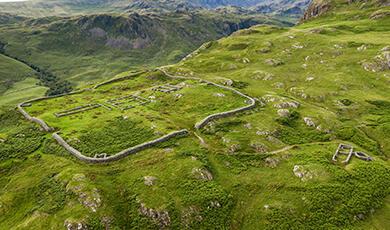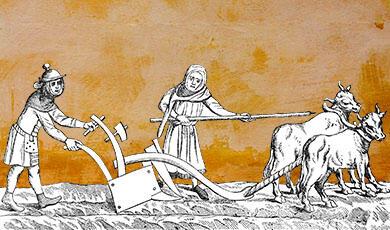Press release: Stonehenge: a History

Long-held popular understanding of Stonehenge and its construction is flawed
Looks at how conceptions of ‘race’ and empire influenced ideas about Stonehenge
How should we think about Stonehenge today?
Embargo: 23 Feb 2023 7pm
We would like to invite you to a lecture by acclaimed archaeologist and writer Mike Pitts FSA on Stonehenge: A History, on 23 Feb 2023.
Pitts’ most recent book How to Build Stonehenge was released in February 2022. This lecture is the first in our upcoming series Landscapes of Ancient Britain.
In this lecture, Pitts explores the origins of long-held popular understandings of Stonehenge and how these continue to be used to inform ideas of our past and national identity. He will challenge and dismantle these ideas, showing how many were formed from contemporary attitudes around race and empire. Using the most recent research he will think about prehistoric communities in a different way to provide a better understanding of Stonehenge that is ‘more suited to modern Britain, and to a global community.’
Pitts will begin by thinking about how archaeology works, before tracing the origins of the field itself. Early understandings of Stonehenge developed during the first quarter of the last century at the dawn of modern archaeology. “Ideas about Stonehenge were reflected in wider visions of antiquity that continue to dominate popular histories today.”
Antiquaries had long sought to understand “prehistoric” peoples in Britain by comparing them to contemporary indigenous peoples around the world. This idea reached a wide public with John Lubbock, Victorian politician, banker and popular science writer, who argued that study of “savage life”, both ancient and modern, would help Britain rule “the lower races of man… in an empire like ours”.
Pitts then turns to examining the history of how people have understood and thought about Stonehenge. He describes how, “By the turn of the 20th century there’d been little advance in real understanding of Stonehenge since the 18th century, and the days of the great antiquary, William Stukeley. Meanwhile the site had decayed. People had dug holes in it, and a cart-track ran through the middle. Visitors’ horses scattered manure underfoot. Some of the largest megaliths had fallen over, and stones within easy reach had been badly damaged by souvenir hunters.”
He describes early excavations and studies of Stonehenge, such as a 1924 book by Herbert Stone. Pitts will show how Stone’s understanding of Stonehenge – how the great megaliths were shaped, put on wooden rollers and pulled by men on ropes until they reached the site – was shaped by his experience as an engineer on the railways in India, where fellow colonial officers were watching people create megaliths. His thinking appears even today in television films, the Stonehenge visitor centre and in the most recent guidebooks.
However, Pitts will say that “when it came to Stonehenge, Herbert Stone got almost everything wrong.” Using recent research he challenges these early and long-held understandings of Stonehenge which were built upon ideas about “primitive peoples” through the lens of empire.
He will say “The ideas that came from observations in Asia weren’t really thought through. Stone, and the other archaeologists, didn’t look carefully enough at what was being done in India. Neither did they think they had to get close to the stones at Stonehenge – to understand their materials, to scrutinise the evidence for how they’d been dressed, and to imagine not just one stone being pushed about, but an entire, complicated monument. All of that came only this century.”
He will describe how with the development of modern social and cultural anthropology researchers began to promote the idea that people or cultures could be understood only on their own terms. At Stonehenge, this means foregrounding people over engineering. “Any construction of a ceremonial or religious monument, where we have information, is a huge social event. We are seeing here, I think, one of those universals that, as archaeologists, we can bring in as a working hypothesis, and that changes the way we think about how Stonehenge was built.”
Early understandings of Stonehenge were informed by contemporary understandings of race and empire. These flawed ideas continue to remain embedded in popular imaginations of Stonehenge today. Pitts pushes for us to change the way we think not only about Stonehenge but also of both prehistoric and modern peoples.
He will conclude by saying: “The world of Stonehenge was very different from our own, or from that of any other people today – including the appearance and genetic makeup of the Stonehenge people themselves. But here is my key point. We must recognise that those differences were down to history and choice, the particularities of time and place. Not to any qualitative failings either in culture or individuals – in Britain then, or, I need to add in view of the way some people approach Stonehenge today, now.
“If we can achieve that open curiosity, that wonder for such alien difference in our midst, bereft of judgment: then we can claim Stonehenge to be part of the past of everyone, anywhere.”
ENDS
Notes to Editors
You can sign up to watch the hybrid lecture online or in person; or email us for an embargoed transcript: l.graves@gresham.ac.uk / 07799 738 439
Read more about Mike Pitts writer, broadcaster and archaeologist.


 Login
Login



